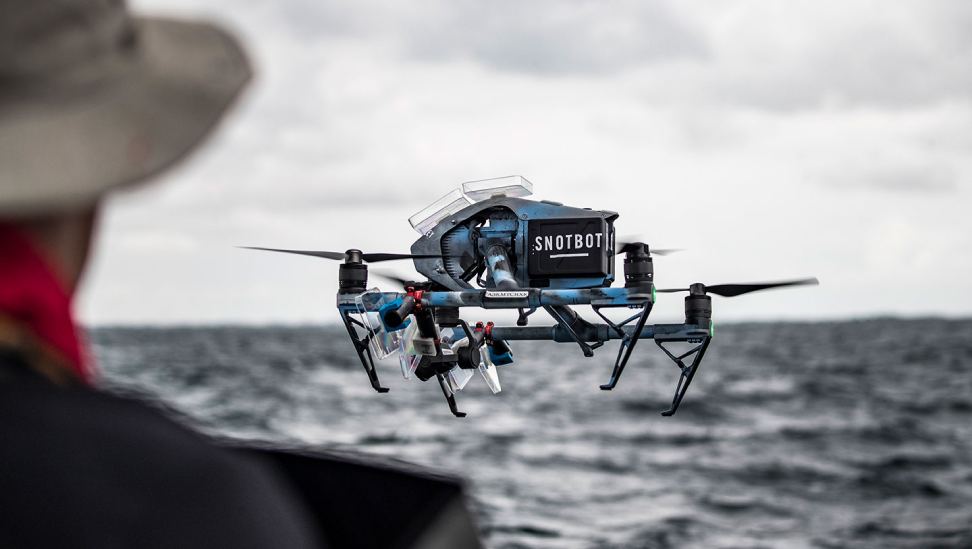Max66, Arsgroup777, ARS Group Exchange: Artificial intelligence (AI) has become a crucial tool in the field of wildlife conservation, revolutionizing the way researchers and conservationists are able to monitor and protect endangered species. By utilizing AI technology, conservation efforts can be enhanced through more efficient data collection, analysis, and prediction of wildlife population trends. This has allowed for a more proactive approach to conservation strategies, enabling conservationists to respond quicker to potential threats facing wildlife habitats and populations.
One significant advantage of employing AI in wildlife conservation is its ability to process vast amounts of data from various sources, such as satellite imagery, camera traps, and acoustic sensors, in a shorter amount of time than human researchers. This rapid data processing capability enables conservationists to not only track the movement and behavior of endangered species more accurately but also to identify patterns and anomalies that may indicate illegal activities, such as poaching or habitat destruction. Ultimately, the integration of AI technology in wildlife conservation efforts holds great promise in improving the effectiveness of conservation initiatives and safeguarding the future of our planet’s most vulnerable species.
The Use of AI Technology in Monitoring Endangered Species
Artificial intelligence (AI) technology has revolutionized the way we monitor endangered species in their natural habitats. By utilizing advanced algorithms and machine learning techniques, researchers can now track and analyze animal behaviors with unprecedented accuracy. This allows conservationists to obtain real-time data on population trends, movement patterns, and habitat preferences, enabling more informed decision-making processes to protect these vulnerable species.
One of the key advantages of using AI technology in monitoring endangered species is its ability to process vast amounts of data quickly and efficiently. Traditional methods of data collection and analysis often proved time-consuming and labor-intensive, but with AI, researchers can streamline the process and uncover valuable insights within a fraction of the time. This not only enhances our understanding of endangered species’ ecological requirements but also facilitates proactive conservation efforts to address emerging threats effectively.
How AI is Helping to Combat Poaching and Illegal Wildlife Trade
Ars247, Wazeerexch, Peachexch: Artificial intelligence (AI) has emerged as a powerful tool in the ongoing battle against poaching and illegal wildlife trade. By leveraging advanced AI algorithms, conservationists and law enforcement agencies are able to analyze large amounts of data from various sources to detect patterns and track the movement of wildlife traffickers. This allows for more efficient deployment of resources and interventions to prevent poaching activities.
Moreover, AI technology plays a crucial role in monitoring key wildlife habitats and protected areas in real-time. By using drones equipped with AI-powered software, conservationists can continuously survey vast expanses of land and detect any suspicious activities, such as illegal hunting or trafficking. This proactive approach enables authorities to take immediate action to disrupt criminal networks and protect endangered species from harm.
How does artificial intelligence help in monitoring endangered species?
AI technology can analyze large amounts of data from camera traps, satellite images, and acoustic recordings to track the movements and behaviors of endangered species. This helps conservationists better understand the threats facing these animals and implement targeted conservation efforts.
Can AI help in identifying poachers and illegal wildlife traders?
Yes, AI can be used to analyze patterns in data to identify potential poaching activities, such as unusual movement patterns or the presence of unauthorized vehicles in protected areas. This information can then be used by enforcement agencies to target their efforts more effectively.
What are some challenges in using AI for combating poaching and illegal wildlife trade?
One challenge is the need for accurate and up-to-date data, as AI algorithms rely on high-quality data to make accurate predictions. Another challenge is the potential for bias in AI algorithms, which can lead to incorrect or unfair outcomes.
Are there any ethical concerns associated with using AI in wildlife conservation?
Some ethical concerns include the potential for AI to infringe on the privacy of individuals living near protected areas and the risk of relying too heavily on technology at the expense of local knowledge and expertise. It is important to consider these ethical implications when using AI in conservation efforts.

